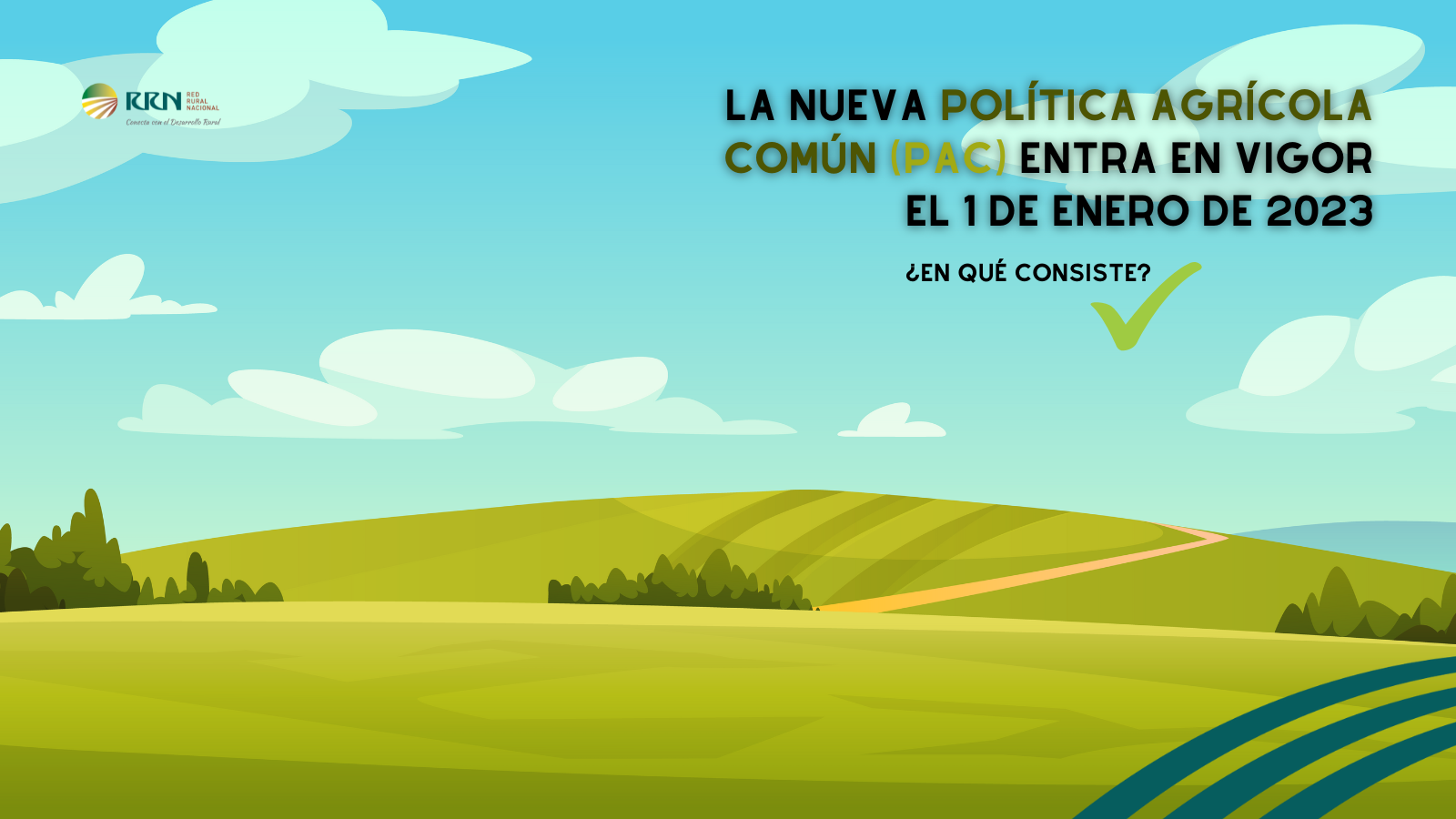
21 de December de 2022
The approval of the 28 CAP Strategic Plans by the European Commission for each Member State kicks off the new CAP Strategic Plan 2023-2027.
- The approval of the 28 CAP Strategic Plans by the European Commission for each Member State kicks off the new CAP Strategic Plan 2023-2027.
The European Commission has already approved the 28 Strategic Plans (one for each country of the European Union (EU) and two for Belgium) of the new Common Agricultural Policy , which starts on January 1, 2023.
In terms of budget, the new CAP is funded at €264 billion, which is aimed at helping European farmers move toward a more sustainable and climate-resilient agricultural sector, as well as preserving rural areas. National co-financing from each Member State brings the total public budget dedicated to farmers and rural communities to €307 billion for the period 2023-2027.
Characteristics of the new CAP
1.- Fairer : the new CAP maintains agricultural income through:
- CAP direct payments: Nearly €20 billion in basic income support will be distributed annually to eligible farmers. However, this is conditional on farmers meeting enhanced basic standards for "good agricultural and environmental conditions" ( BAECs ).
- Small and medium-sized farms in 25 EU countries will receive increased income support thanks to a redistributive payment amounting to 10.6% of all direct payments.
- To help them cope with various crises, 15% of EU farms will receive support to subscribe to insurance premiums, participate in mutual funds, or other risk management tools .
- Support for protein crops/pulses through coupled income support, with a 25% increase compared to 2022. This will help reduce EU farmers' dependence on imports and the use of certain fertilizers. Seventeen other sectors experiencing difficulties will also receive coupled support, reaching 21% of EU farms.
2.- Greener:
- 32% of total CAP funding will be dedicated to generating benefits for the climate, water, soil, air, biodiversity, and animal welfare . Thus, 24% of direct payments will be allocated to so-called "eco-regimes," and 48% of rural development spending will support environmental and climate objectives.
- The plans will incentivize carbon storage in soil and biomass, reduce greenhouse gas (GHG) emissions, and adapt 35% of the EU's agricultural land to extensive grassland, legume, and organic farming practices.
- Among the new obligations for farmers is crop rotation on around 85% of arable land supported by the EU CAP. This will help break pest and disease cycles and therefore reduce pesticide use and risk.
- CAP support for organic production is being doubled to increase organic land area by 2030.
- Increased renewable energy production on farms.
3.- More social
- Targeted support for young farmers with 3% of direct payments targeting generational renewal, a total of €8.5 billion in public spending. In the period 2023-2027, a total of 377,000 new farmers are expected to become fully established.
- Rural development is also boosted by 7.7% of the European Agricultural Fund for Rural Development (EAFRD) dedicated to local development strategies led by the LEADER approach . This represents €5 billion.
- For the first time, CAP payments will be linked to compliance with certain EU social and labor standards , and beneficiaries will be incentivized to improve working conditions on farms.
- The plans will support investments that promote livability in rural areas , with the goal of creating at least 400,000 jobs.
- Innovation: Innovation projects under the new CAP, within the framework of the European Innovation Partnership , will focus on environmental and climate performance as well as social and rural aspects.








